Picture this: you’ve been asked to provide an estimate for a fence staining project. You’re excited and quick to jump at the opportunity. Not wanting to take up time, you put together a quick guesstimate, and the client approves.
You got the job! But are you confident in the estimate you gave? Will your price cover materials and wages? Do you know if you even made a profit?
If you’re biting your nails worrying about your estimates, fear not! We’ve got a solution to help generate quick estimates that you, your team, and your clients will feel confident in.
Ready to dive in? Let’s take a look at the best way to estimate a fence paint or stain project!
So, what’s the best way to generate an estimate?
Here’s the game-changer: time-based rates.
You might be thinking, what in the world is that?
A time-based rate is the average amount of time it takes to complete a task. It uses two variables which can include square foot per hour (sqft/hr), linear foot per hour (lnft/hr), or hours per item (hrs/item).
When pricing a fence painting or staining project using time-based rates, you’ll need to calculate three variables:
- Time it takes to accomplish the task (known as time-based rates)
- Material costs*
- Costs of labor
*For contractors that are comfortable doing so, you can also include materials costs within your hourly rate.
Step 1: Get your measurements
In order to get your measurements, you should use the best measurement tool for the job. Some great techniques include:
- Walking measuring wheel
- Laser measurer
- Measure the length of your normal walking step and walk the length of the fence
Step 2: Estimate how long the project will take
Now it’s time to figure out how long the project will take to complete. Hint hint! These are your time-based rates.
To figure out your rates, you’ll need to calculate how many square feet of fence your team can stain in an hour on average*. Then, you’ll be able to apply this rate to future projects!
*What do we mean on average? The average level is the speed in which an experienced employee can paint a given surface at a comfortable and natural speed. To offset the difference in speed among employees, you should be paying them different wages to account for their varying skill levels.
Can I get an example?
Let’s take a fence that’s 80 feet long and 6 feet high. Your job is to stain both sides. This means you have a total of 960 square feet to stain.
You’ve determined that your team can stain one coat across 125 square feet of fence an hour, which means that this fence will take 7.68 hours to stain.
960 sqft / 125 sqft/hr = 7.68 hours
What if I have prep work to do?
The great news is that prep work can also be calculated using time-based rates!
Maybe you have to pressure wash and sand a fence before your team can start staining. In this scenario, your team can pressure wash and sand 250 square feet of fence per hour, including the time it takes to set up and take down.
Divide the fence square footage by 250 square feet, and, voilà, you know that it will take you an additional 3.84 hours.
960 sqft / 250 sqft/hr = 3.84 hours
Step 3: Price the fence
Now that you’ve determined how long the project will take, you need to calculate the price to give your client! Let’s say you charge $65 an hour (including materials, to avoid calculating material costs on every project).
Your price will be the number of hours it takes to stain the fence, plus the number of hours of prep, multiplied by your hourly rate.
(Hours of fence staining + Hours of set-up/prep) x your hourly rate = Estimate price
At $65 an hour, your total project estimate would be $748.80.
What if I don’t include materials in my hourly rate?
If you choose not to include materials in your hourly rate, you can calculate the amount of product needed by dividing the total square feet of the fence by the coverage rate of the one coat of stain you’re using.
Let’s say that the stain will cover 300 square feet per gallon. The fence in our example is 960 square feet meaning you’ll need a little over three gallons of stain.
960 sqft / 300 sqft/gallon = 3 gallons of stain (rounded)
If we assume that the cost of a gallon of stain (marked up) is $60, then you’ll have to add $180 of materials to the project cost.
Using the example above, if your labor cost is $49.50 an hour and we add $180 for materials, your total cost will be $750.24.
Labor Cost: (7.68 staining hours + 3.84 prep hours) x $49.50/hr = $570.24
Material Cost: $180
Total Cost: $570.24 + $180 = $750.24
Estimate with confidence!
You’ve got everything you need to guarantee success, which means it’s time to start building estimates!
Remember, all you need to get started are your measurements, cost of labor, and how much time it’s going to take your team to finish the task. Whether you include materials in your hourly rate or not, you can begin to feel confident in the prices you provide.
Now that you have all the information in your arsenal, it’s time to dive in and get the job done!





